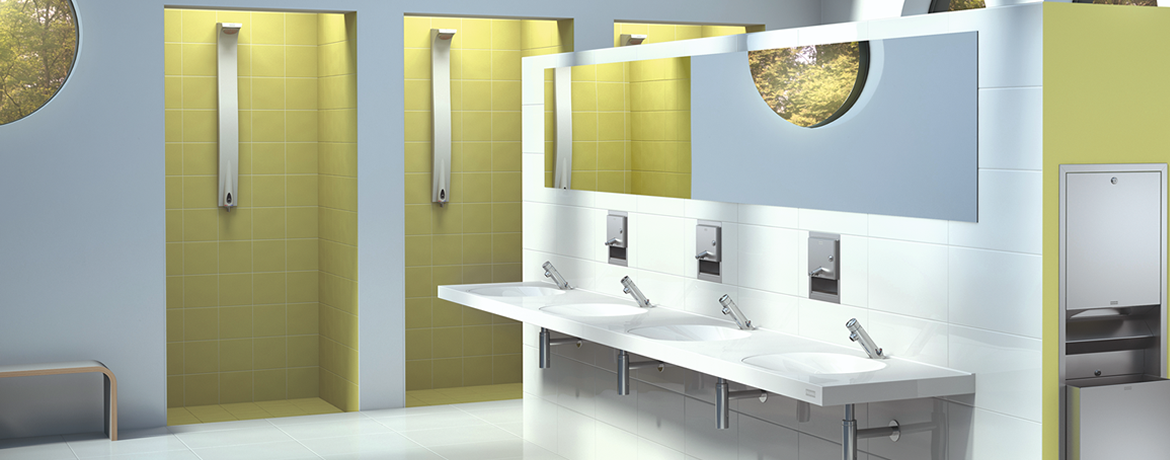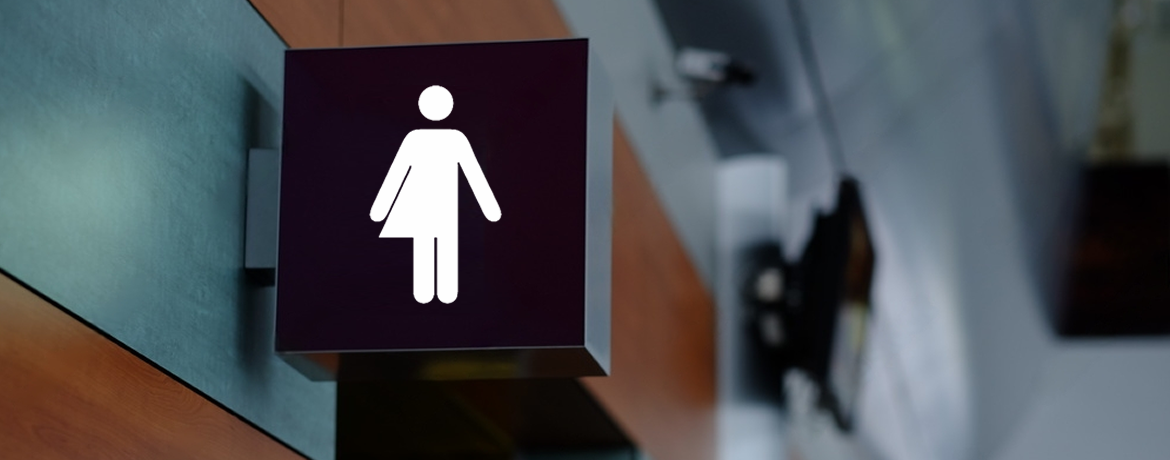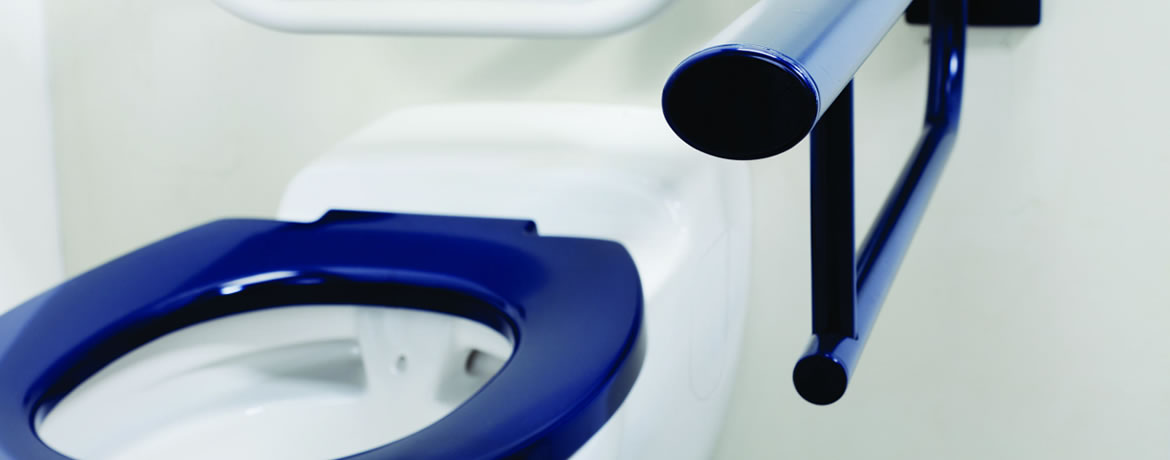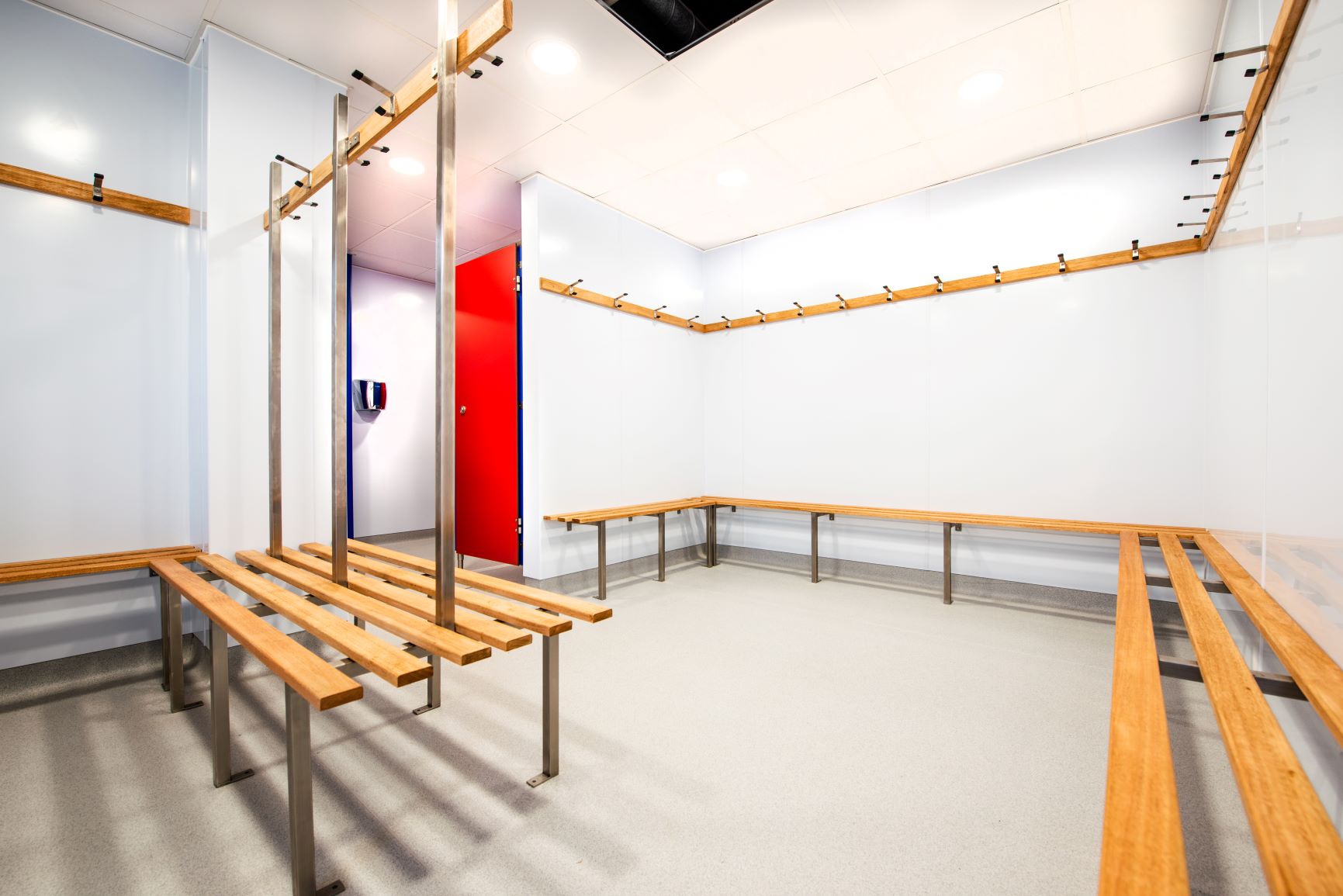How To Maintain School Toilets
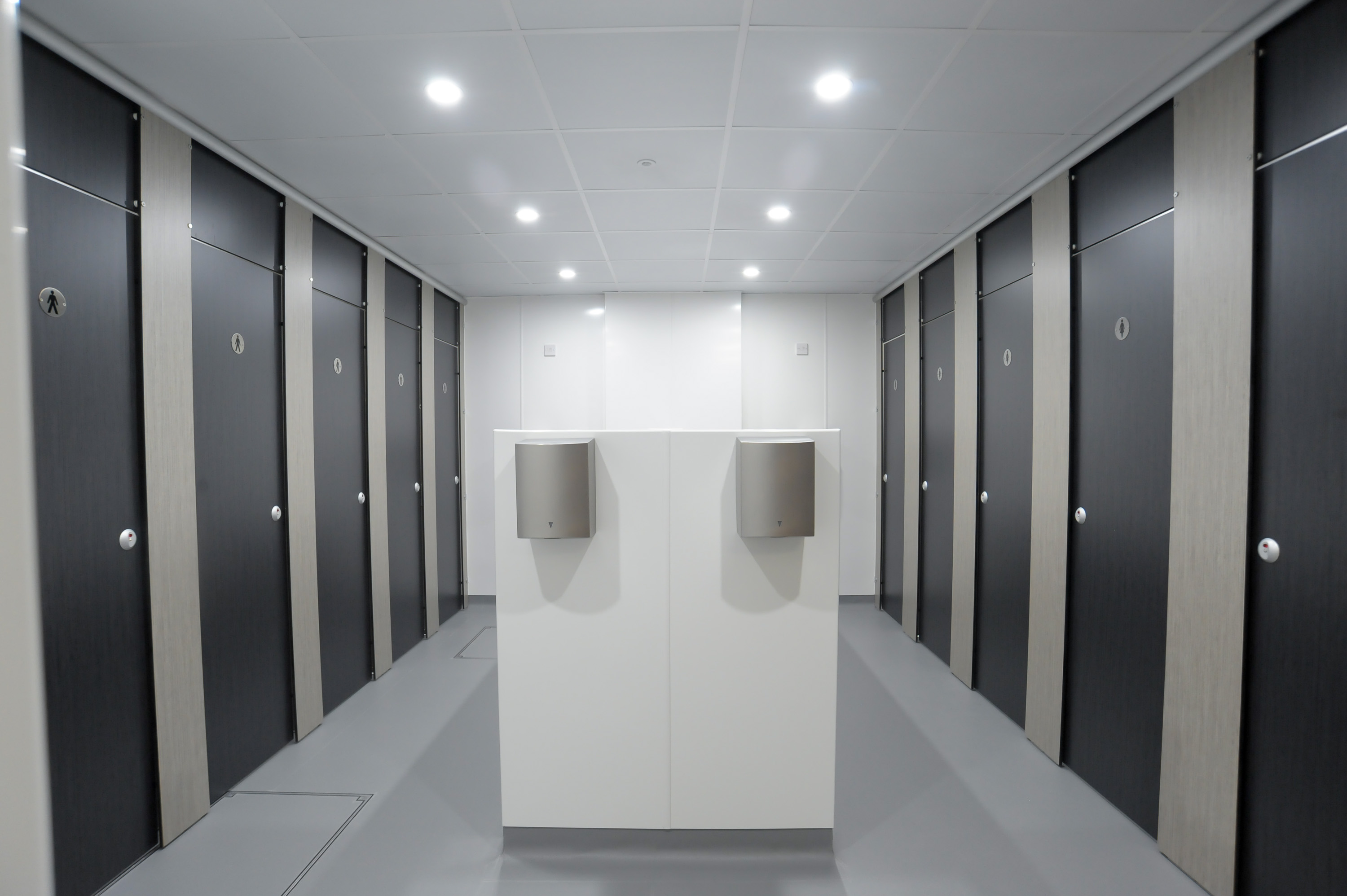
In order to look after and maintain your school washrooms efficiently, the right routines and protocols need to be in place. Proper maintenance ensures a safe environment for users and one that's easy to keep looking fresh, clean and in full working order.
How to maintain school toilets
School toilets are cleaned in much the same way as you would a domestic toilet at home – albeit more frequently. Cleaning should be carried out at least once a day with residue scrubbed from the porcelain and cleaning product administered in the bowl. Attention needs to be given to the toilet seats as well as the pan, along with the sanitising of the flush controls.
In light of COVID-19, most schools are sanitising the entire cubicle with a spray and wipe down, paying attention to locks, hooks and other hardware.
Beyond the cubicle, taps, washbasins and hand dryers also need to be sanitised with any stubborn marks removed. Light switches and door handles should also be cleaned as well as the urinals, removing any rubbish by the waste outlets such as chewing gum.
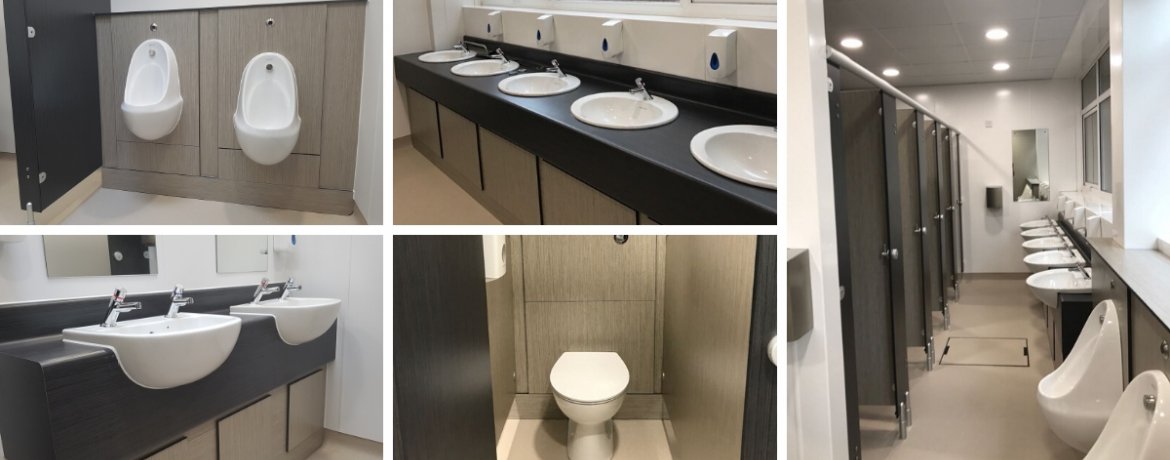
How often should sanitary bins be emptied?
Sanitary bins are a vital component to school washrooms for children aged eight and above. Sanitary bins need to be commercially emptied, cleaned and serviced at least once every month. In bigger, busier schools this may need to be more frequent. This is a service that is widely and easily outsourced by almost all schools in the UK.
How to store toilet cleaning supplies
School washroom supplies can take up quite a bit of space, usually requiring a substantial store cupboard that may not be anywhere near the washrooms. Vanity units within the washrooms can be used to store some supplies such as soap, toilet roll and paper towels. This can be a good reason to upgrade your washbasins from stand-alone sinks to a vanity unit with counter-mounted washbasins. Ensure a stock rotation of any cleaning products, bringing oldest to the front.
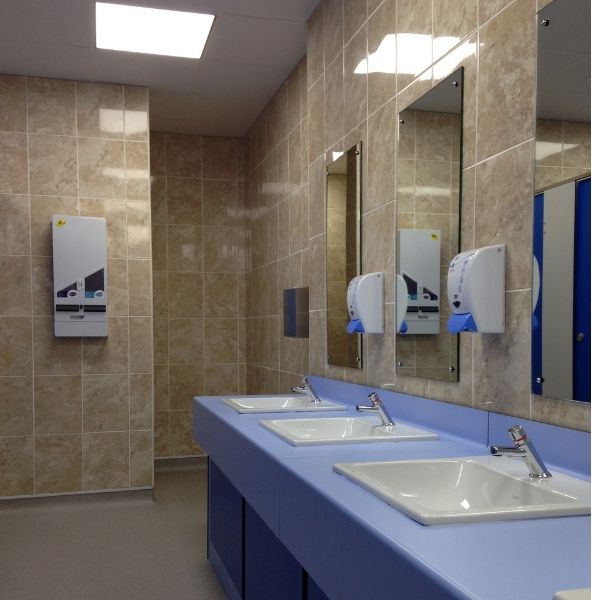
Routine checks
The hardware of your toilet cubicles should be checked weekly and the simplest way to do this is with a simple checklist. Locks, hooks and hinges are often the first things to show signs of misuse or damage. For this reason, many schools choose to keep a small supply on hand for impromptu repairs.
The flooring is one of the most important elements in the washroom and should be checked daily to prevent trip hazards from forming. Lighting and water pressure should also be checked frequently as well as the ventilation, inspecting for any signs of cold or damp in the room.
As well as cubicle hardware, taps, soap dispensers, hand dryers and urinal flushes all need to be monitored to ensure they are in full working order. Regular checking of these items allows you to spot problems arising, which enables you to make quick replacements saving your washrooms from being out of action.
If you would like further advice on school washroom maintenance, please get in touch on 01202 650900
MORE TO EXPLORE IN Related Posts
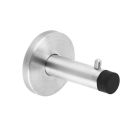
Cylindrical Coat Hook (65mm) - Stainless Steel

White Sensor Operated Sanitary Waste Bin

KWC DVS Counter Mounted Liquid Soap Dispenser

DVS Urinal Sensor Flush Control Kit (single station)
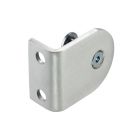
L-Angle Bracket - Aluminium (Single)

Adjustable Rise and Fall Toilet Cubicle Hinges - (Pair)

Red and Blue Childsplay Children’s Cubicle Support Leg

Pilaster Mounted Stainless Steel/Aluminium Lever Arm Toilet Cubicle Lock
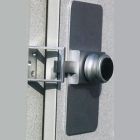
Replacement Toilet Cubicle Lock and Cover Plate - Horizontal or Vertical

SGL Postformed Laminated Vanity Top
As low as £348.00 £290.00
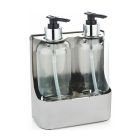
Lockable Stainless Steel Soap Bottle Holders
As low as £26.40 £22.00
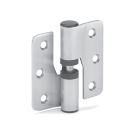
Gravity Hinge with Bolt Through or Woodscrew Fixings - Right or Left Handing Pair
As low as £24.00 £20.00

Vanity Unit Underframe with Access Panels
As low as £180.00 £150.00

